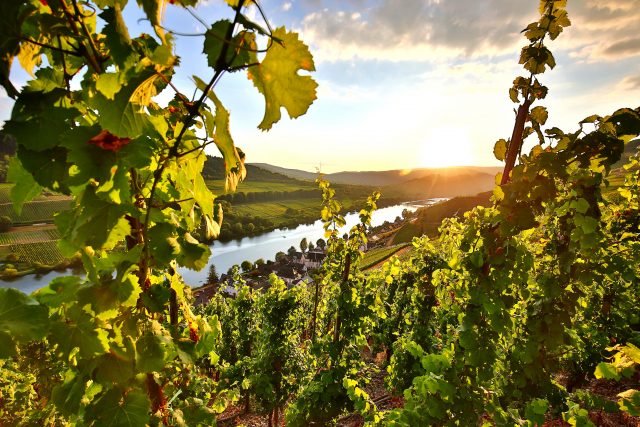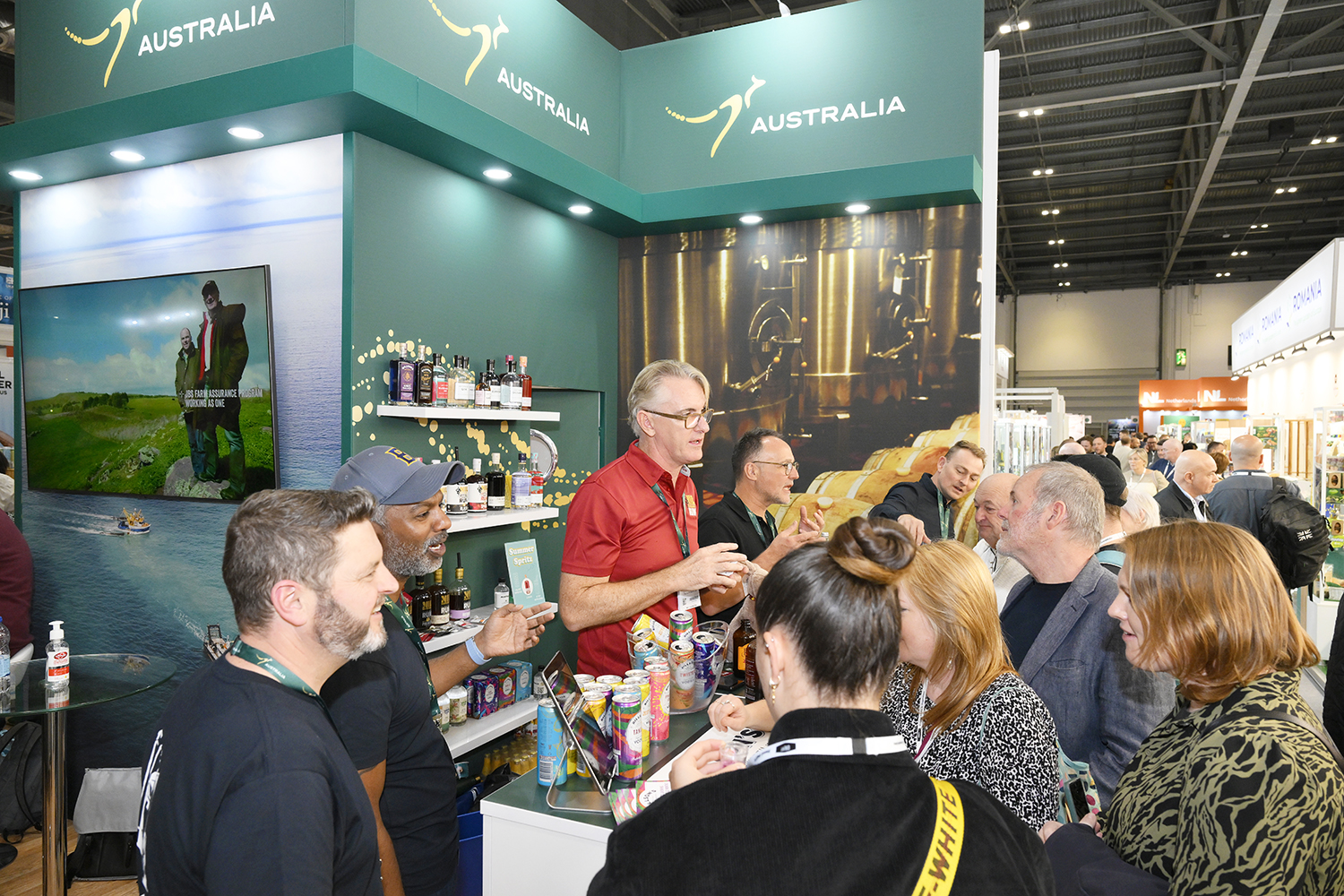Everything happens for a Riesling: German fine wine on the rise
By Richard WoodardGiven its heritage and the level of acclaim it enjoys in the wine trade and among critics, it’s perhaps surprising that German wine doesn’t enjoy a higher profile on the secondary market – but that’s beginning to change.

Ten years ago, only two German wines traded on Liv-ex (using the exchange’s LWIN11 classification), but trends have shifted notably since then: 182 German wines were traded in 2020, and 201 in 2021. As the fine wine market is expanding and diversifying, top German producers are reaping the rewards.
“Interest in high-end German wine has skyrocketed in recent years, and demand far outstrips supply,” says Alix Rodarie, head of international development at wine auctioneer iDealwine. “It seems like all serious wine enthusiasts have their eyes on top-quality German wines, particularly those in Europe and the US.”
Matthew O’Connell, CEO of LiveTrade at Bordeaux Index agrees. “There is no doubt that the last couple of years has seen a significant increase in interest in the top couple of layers of German Riesling producers,” he says. “The 2019 en primeur campaign was something of a catalyst, but interest has certainly persisted since then.”
The wines driving this growth come from a relatively narrow tranche of producers – the likes of Markus Molitor, JJ Prum, Zilliken, Dönnhoff and Willi Schaefer – spearheaded by two outstanding names: Weingut Keller and Egon Müller.
“Wines from Keller and Egon Müller sit at the top of our charts for German wine, but cuvées from these domaines are increasingly difficult to come by, and are snapped up at auction by connoisseurs,” reports Rodarie. “Low supply meant hammer prices for Keller increased by 62% in 2021.”
This status quo is relatively stable, O’Connell believes. “There are definitely producers who have risen in prominence in recent years (Haart, Adam, for example), but these tend already to be known by the market, rather than being genuinely ‘under the radar’.”
Liv-ex echoes this view. “These are standard bearers for Germany, and one would expect them to stay at the top of trade figures for quite some time as the secondary market for these wines develops,” the company reports. “It’s unlikely, at this stage, that you’ll find some young ‘hot shot’ winemaker zooming to the top of the pack. Well-established growers lead the way.”
The locations of these producers dictate the regional breakdown of German wines on the secondary market, with the Mosel accounting for almost 60% of German trade on Liv-ex, followed by Rheinhessen (largely because of Weingut Keller).

One surprise is the low profile of the Rheingau, at only 2.4% of Liv-ex German wine trade. “Along with the Mosel, it’s one of the great pillars of German wine, with many historic and well-known estates,” Liv-ex points out. “As German trade continues to grow, it’s the one region we would expect to see increased activity from.”
For now, investible German wine remains a relatively narrow category, in terms of producer, region and – especially – grape variety, with Riesling accounting for almost all secondary market trading (barring the odd Weissburgunder, Grauburgunder and Spätburgunder). But what style of Riesling?
Partner Content
In recent years, much attention has been devoted to dry Rieslings, particularly within the Grosses Gewächs (GG) classification, but there are signs that, as interest in German wines expands, a more diverse array of styles is achieving a higher profile.
“Away from the Keller wines, interestingly we tend to see the higher demand from the last couple of years not in the GG category, but rather in the off-dry through to sweet wines,” says O’Connell. Older-style Kabinett wines have been particularly in demand, he adds.
“In terms of style, the top five most traded wines last year were all Spätlese or Auslese,” Liv-ex adds. “Despite the overall preference for dry white wines in the market at large, real connoisseurs of German wine know that these later-harvest wines are the real treasures.”
At iDealwine, Rodarie reports that intensely sweet TBA (trockenbeerenauslese) wines continue to break records. In 2021, the auction house’s most expensive white wine was a bottle of Domaine d’Auvenay Puligny-Montrachet at €10,070 – but, in 2018, a Chinese collector paid €12,160 for a rare bottle of Egon Müller’s 1976 TBA.
Will this renewed interest in blue-chip German wines continue to grow? Probably, although it is important to contextualise this in terms of the fine wine market as a whole.
“The awareness of and interest in the wines has risen significantly in the last couple of years really,” says O’Connell. “It is still not certain that this will be sustained, but signs are positive at the moment. The interest – existing and new – is definitely primarily from collectors/consumers – there has not been a material change in the ‘investibility’ of the category.”
As Liv-ex points out, this echelon of German wine is effectively a niche within a niche: white wine accounts for only 9.5% of the secondary market, and Germany represents only 1.8% of that white wine trade figure.
“The obstacle for German wine, even among dedicated fine wine collectors, is getting collectors to buy more than just a couple of cases from one producer or another,” Liv-ex says.
“It’s easy to imagine that, while someone who buys fine wine might go after five or six different Bordeaux estates each en primeur campaign, three or four Burgundies, a couple of Champagnes and so on, they probably only buy their Auslese from one producer that they know and are comfortable with. It’s a nice addition to their cellar, but not the core of it.”
Related news
Final call for entries to The Drinks Business Asia Masters




